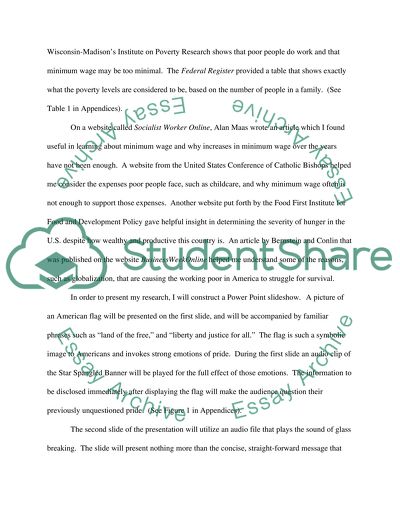Cite this document
(“Human Rights Violations in the U.S Book Report/Review”, n.d.)
Human Rights Violations in the U.S Book Report/Review. Retrieved from https://studentshare.org/miscellaneous/1512882-human-rights-violations-in-the-us
Human Rights Violations in the U.S Book Report/Review. Retrieved from https://studentshare.org/miscellaneous/1512882-human-rights-violations-in-the-us
(Human Rights Violations in the U.S Book Report/Review)
Human Rights Violations in the U.S Book Report/Review. https://studentshare.org/miscellaneous/1512882-human-rights-violations-in-the-us.
Human Rights Violations in the U.S Book Report/Review. https://studentshare.org/miscellaneous/1512882-human-rights-violations-in-the-us.
“Human Rights Violations in the U.S Book Report/Review”, n.d. https://studentshare.org/miscellaneous/1512882-human-rights-violations-in-the-us.


